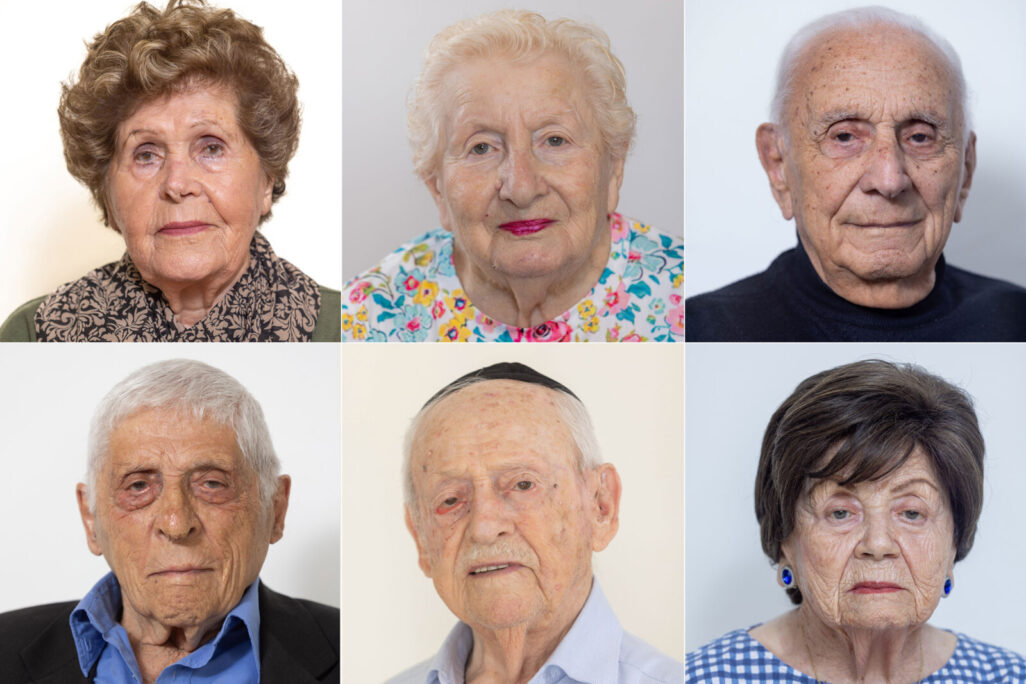
The national memorial ceremony marking Holocaust and Heroism Remembrance Day at Yad Vashem took place on Sunday evening and was attended by Holocaust survivors as well as Israel’s president and prime minister and various dignitaries. The central theme of the ceremony was “See them, there were communities that are no more: The Jewish community and its fragmentation.”
There were six torch-lighters for the main ceremony at Yad Vashem. Their names, stories, and histories shed light on the incomprehensible horrors of the Holocaust and the history of the Jewish people and the state of Israel.
Aryeh Itani
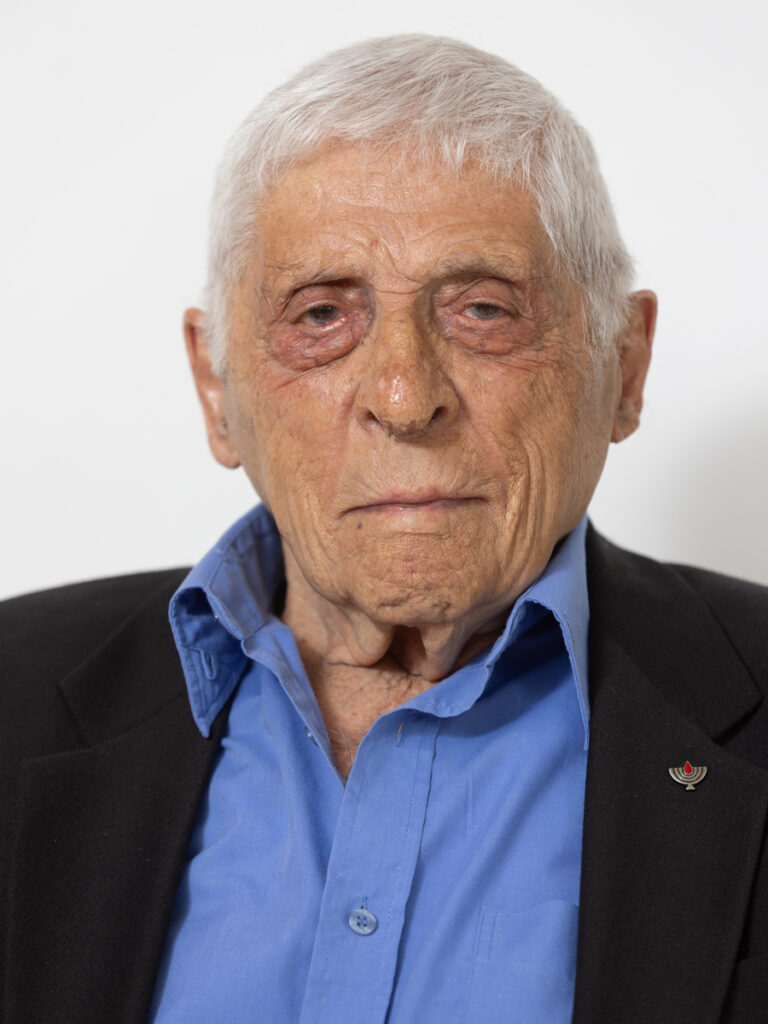
Aryeh Itani was born in Milan, Italy, in 1927, to Hungarian immigrants. With the outbreak of World War II, Jews with foreign citizenship were required to leave Italy, and his family returned to Hungary and settled in the city of Eger. In 1944, they were deported to Auschwitz, and all members of the family were murdered in the gas chambers except him.
Itani was transferred from Auschwitz to the Kaufering camp and forced into labor. When the camp was dissolved, the prisoners were taken on a death march. Itani arrived at the Alach camp and was liberated by US Army forces who had liberated the camp, then returned to Eger.
In 1946, Itani boarded the illegal immigration ship “Knesset Israel,” arriving in Israel in 1947. He enlisted in the Israeli military and fought in the War of Independence, later becoming one of the founders of Kibbutz HaOn. He married Rina, a Holocaust survivor from Poland, and together they have two children, eight grandchildren, and seven great-grandchildren.
Michael Bar-On
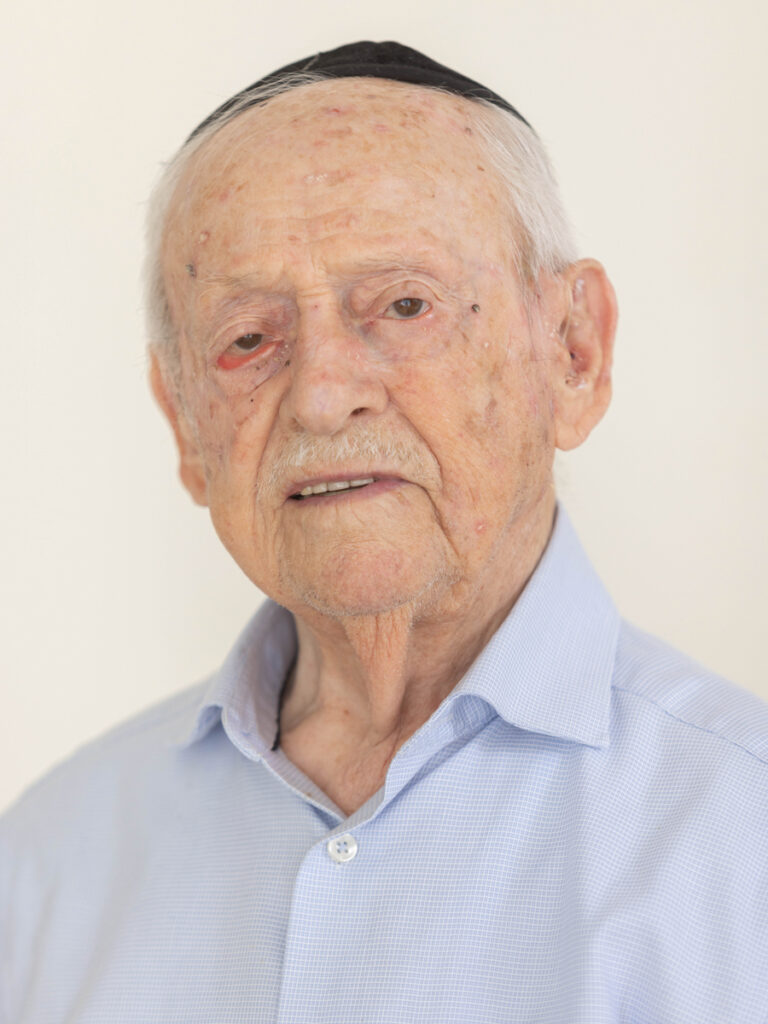
Michael Bar-On was born in Krakow, Poland in 1932 to a Hasidic family. When Krakow was occupied by the Germans in September 1939, the Germans attacked his father, Chaim, and forcibly shaved his beard and sidelocks. In 1941, the family was placed in the Krakow Ghetto and from there transferred to the town of Międzyświęć Podlaski, where they found refuge.
Michael’s cousin, Bronka, came to Międzyświęć Podlaski from the Soviet Union as a Christian and smuggled Michael and all his brothers to her town, Bregel, from there to the Buchenwald Ghetto, then to the town of Fibnichna and the city of Kosice in Hungary. They moved to Budapest, and in 1944 attempted to escape to Yugoslavia, but were placed in a ghetto there.
Ultimately, they escaped and reached Romania. From there, they sailed to Istanbul, and in July 1944 they arrived in Israel by train. He studied at the educational institution of Agudat Yisrael in Migdal, served as a guide for Holocaust survivor youths. Afterward, he enlisted in the IDF and served in various commanding positions, including head of the Burial and Identification Branch in the Yom Kippur War.
Michael and his wife have three children, and many grandchildren and great-grandchildren.
Raisa Brodsky
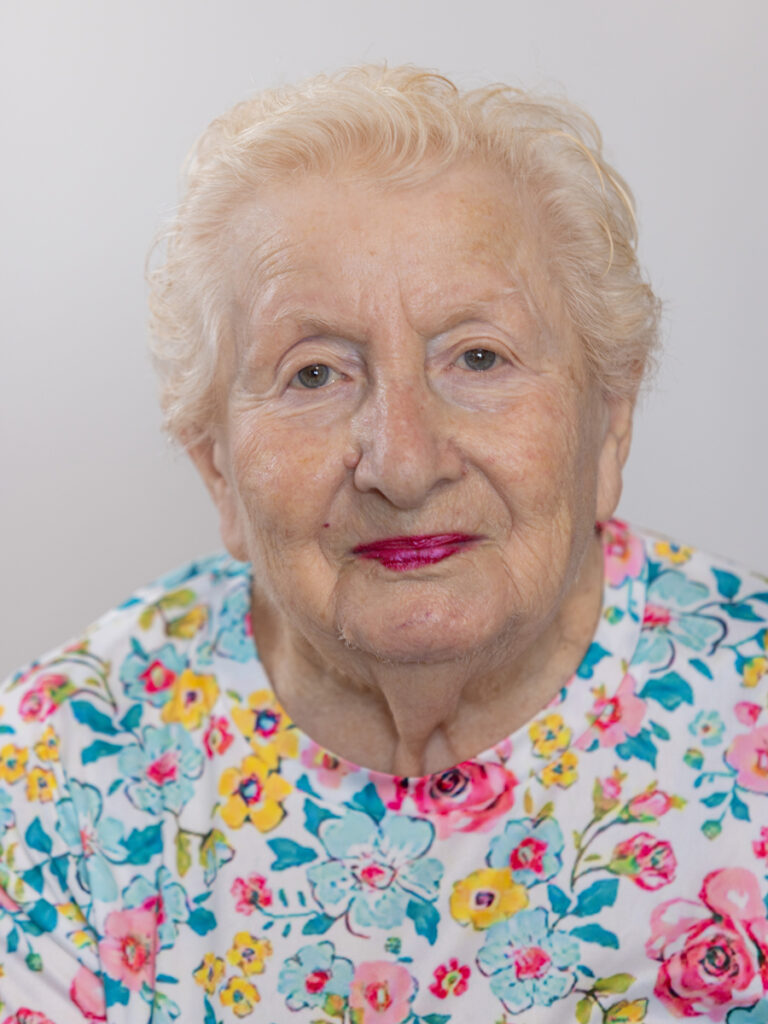
Raisa Brodsky was born in Shargorod, Ukraine in 1937 to a religious family. With the invasion of Nazi Germany into the territories of the Soviet Union in June 1941, the restaurant where her father worked was looted. Her parents were forced into labor.
Jews expelled from Serbia and Bukovina in northeastern Romania were brought into the Shargorod Ghetto, increasing the numbers of refugees and worsening overcrowded conditions.
In March 1944, the Red Army liberated Shargorod. Raisa studied mathematics and drafting and worked as a mathematics teacher. She taught at a school managed by her brother, a Ukrainian partisan named Grichany, who fought with her father during the Holocaust.
In 1990, with the opening of the gates of the Soviet Union for free immigration, she fulfilled her father's dream with her family and made Aliyah to Israel. She began working as a witness at the Holocaust Survivors' Association “Zikaron,” engaging with students who heard her testimony. She shares her memories with them and assists them in studying history.
Raisa and her husband Shimon have two children, five grandchildren, and two great-grandchildren.
Allegra Gutta
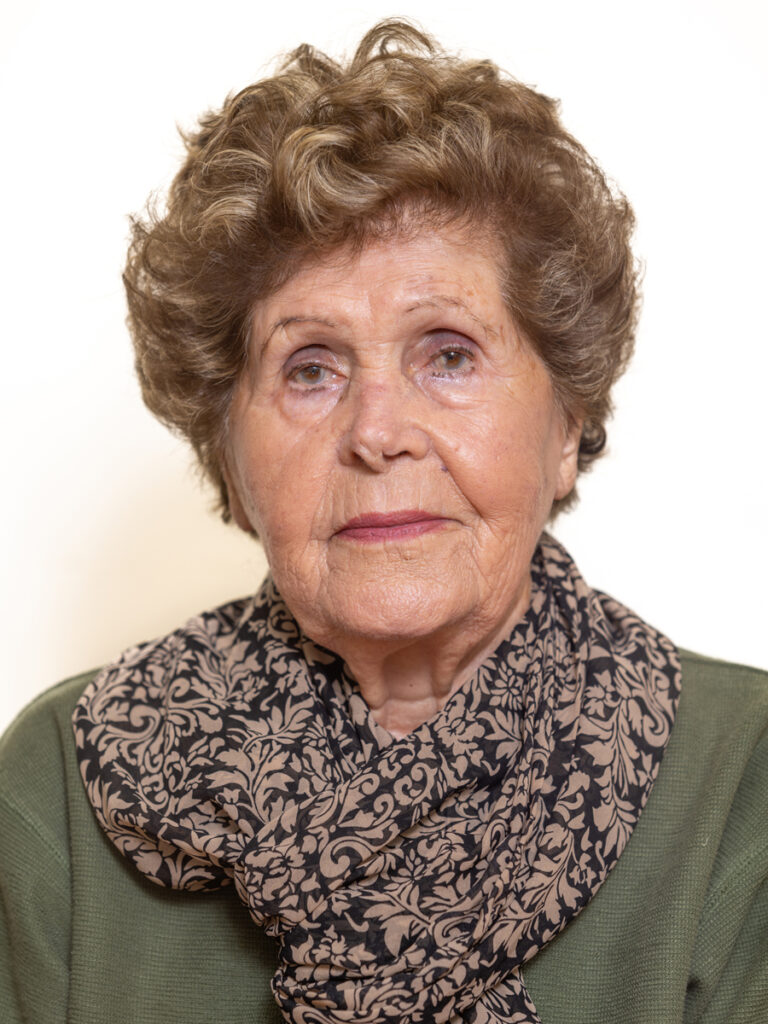
Allegra Gutta was born in Benghazi, Libya, in 1928. In April 1941, following the British withdrawal from Benghazi and before the arrival of Italian forces, some of the city’s residents, including Jews, were attacked, and Jewish shops and homes were looted.
In early 1942, the Italians expelled most of Benghazi’s Jews, numbering around 3,000, to the Jadu concentration camp, more than 500 miles west of Benghazi, in the heart of the Libyan desert. Among the deportees were Allegra and her entire family, except for her two older brothers, Yosef and Reuven, who fled, joined the British Army, and served in Italy and Israel.
In 1943, the British liberated the Jadu camp and Allegra and her family returned to Benghazi. In September 1948, the family fled clandestinely to Tripoli and with the help of the Jewish Agency were transferred to Naples, Italy. From there, the family traveled by train to Milan.
In November 1948, the family sailed from Bari, Italy, to Israel on the “Teti” ship. The family settled in an immigrant absorption center in Binyamina, then moved to Old Jaffa, and about a year later, to Holon.
In April 1952, Allegra married Aharon Gino Gutta, who has since passed away, and they settled in Tel Aviv. Allegra and Aharon have two children, three grandchildren, and six great-grandchildren.
Pnina Hefer
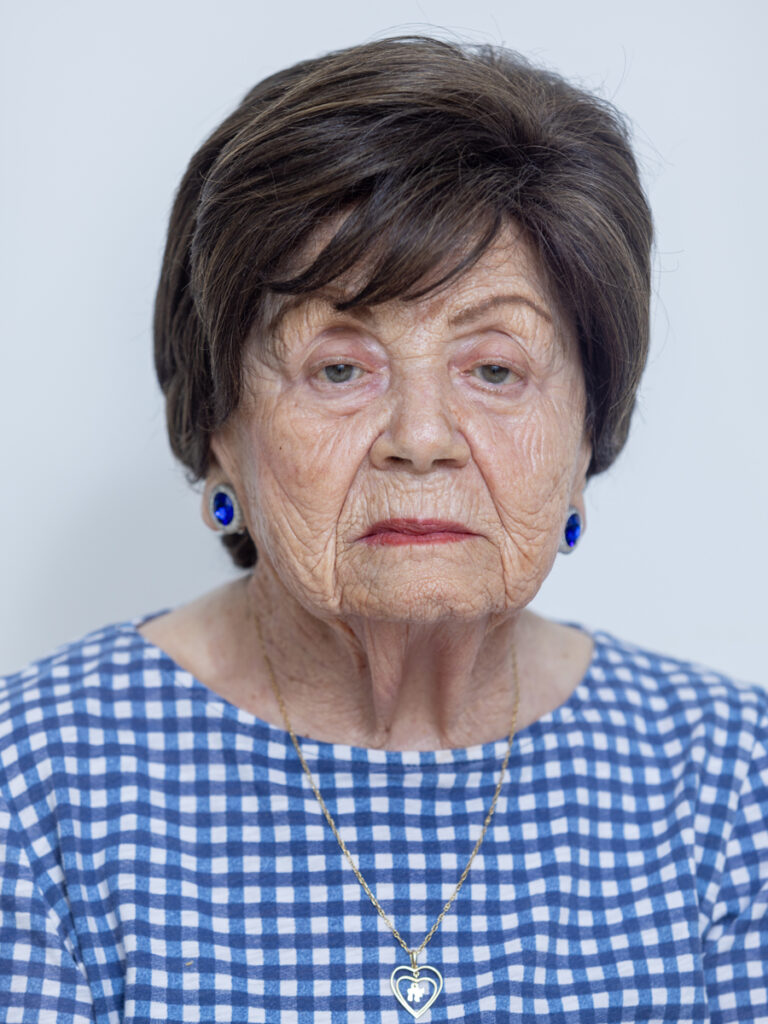
Pnina Hefer was born in Nuşfalǎu, Romania, into a family of 21 children. In 1940, the area was transferred to Hungarian control. With the entry of the Germans into Hungary in March 1944, Jews were subjected to antisemitic decrees and the family was sent to the Szilagysomlyo Ghetto.
After three weeks, the family was deported to Auschwitz. Most of the family members were murdered in the gas chambers, leaving Pnina alone with her sister, Bluma.
In late 1944, Pnina and Bluma were transferred to Bergen-Belsen. They were forced into forced labor at a munitions factory in Salzwedel, and on April 14, 1945, they were liberated by US Army soldiers.
The sisters moved to Yugoslavia, and in November 1946, they sailed on the covert immigrant ship “Knesset Israel.” They were deported to Cyprus and arrived at the Atlit detention camp in Mandate Palestine in September 1947.
After her release, Pnina went to Jerusalem and studied at a teachers’ seminary. She married Jacob, and together they went on security and educational missions in Tunisia. After some time, the couple taught at a Jewish school in Argentina, and upon their return to Israel, Pnina led the Masuot religious public school in Bnei Brak.
Pnina is an active Holocaust witness, and every year she celebrates her liberation day with her entire family. Pnina and Jacob have three daughters, 16 grandchildren, and more than 45 great-grandchildren. Their three daughters continue their mother’s legacy and are teachers in Israel.
Izi Kabilo
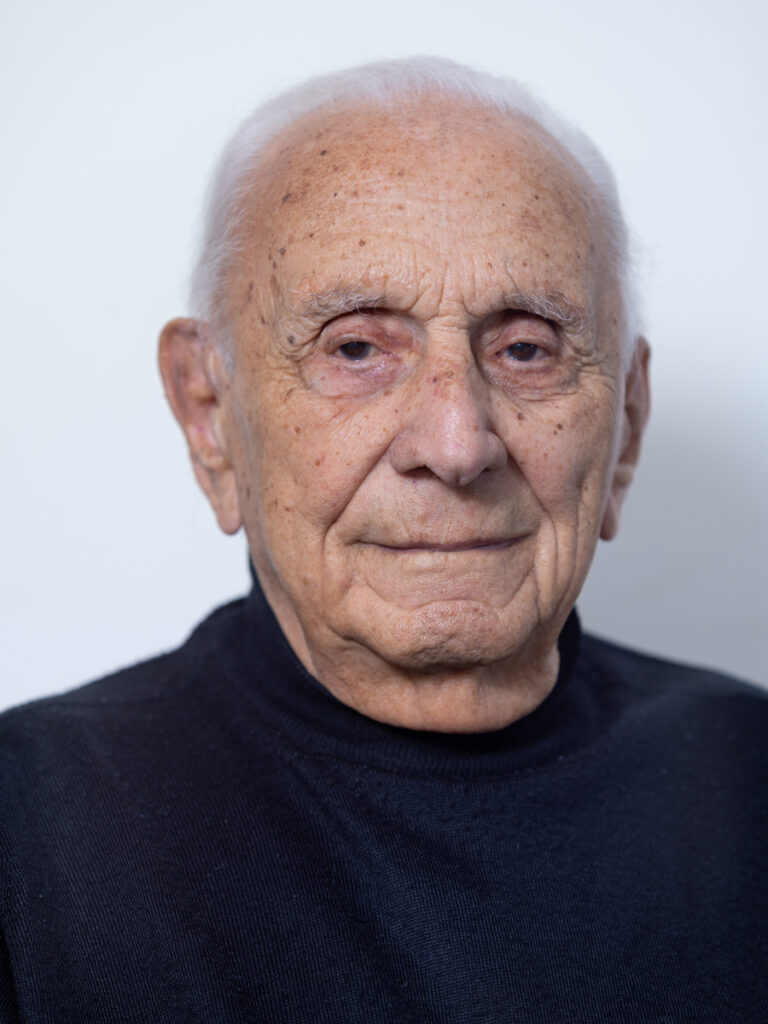
Izi Kabilo was born in Sremska Mitrovica, Yugoslavia, in 1928. He was a member of the Hashomer Hatzair youth movement and sang in the children’s choir at the main synagogue in the city.
In January 1941, only a few months before the Germans invaded, Izi was set to leave for Israel as part of the youth immigration, but influenced by his grandmother and mother, his departure was canceled. In April 1941, the Germans conquered Yugoslavia.
In September 1941, Ustashe, the Croatian nationalist party that ruled Croatia under German auspices, deported Izi’s grandfather and grandmother to the Jasenovac camp, where they were murdered.
Abraham Bard came to Izi’s home and escorted him and his parents to his house, hid them in the basement, obtained forged identity documents for them, and smuggled them to Mostar, which was under Croatian civilian and Italian military control. From Mostar, the family continued and escaped to Split, and from there they were deported to a concentration camp near Dubrovnik. In March 1942, they were deported to the Rab concentration camp.
After Italy surrendered to the Allies in September 1943, anti-Nazi partisans on the island transported Jews to the mainland by boats. Izi and his parents arrived in the liberated area of Croatia. They went up to the mountains and lived among the partisans, with Izi even fighting alongside them. His father made a Hebrew calendar to mark the holidays.
In December 1948, the family immigrated to Israel. Izi enlisted in the IDF and served in a combat unit. He studied architecture at the Technion and became an architect. For years, he was active in promoting immigration, absorption, and commemoration and served as the chairman of the Yugoslav Immigrants’ Association. To this day, Izi is a witness who tells his story to diverse audiences at Yad Vashem.
Izi and his wife have two daughters, Anat and Giliya, five grandchildren, and six great-grandchildren.






